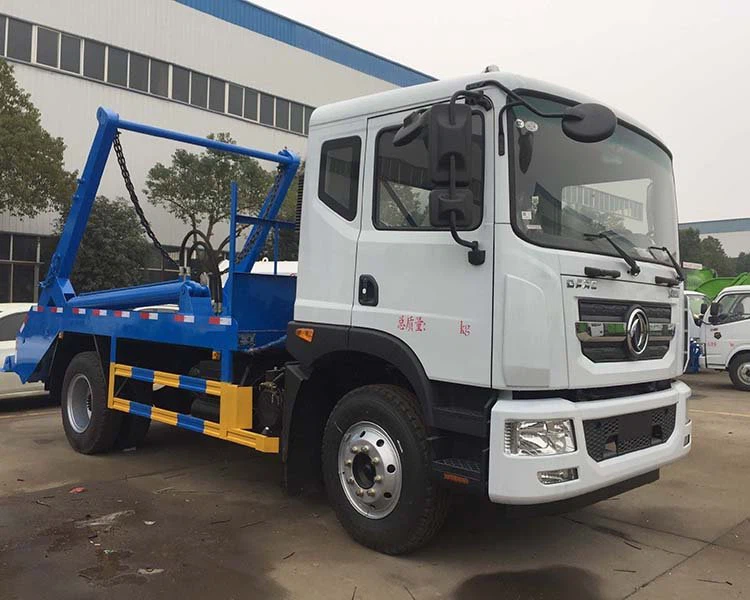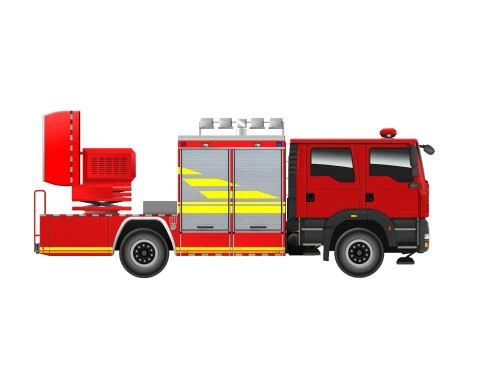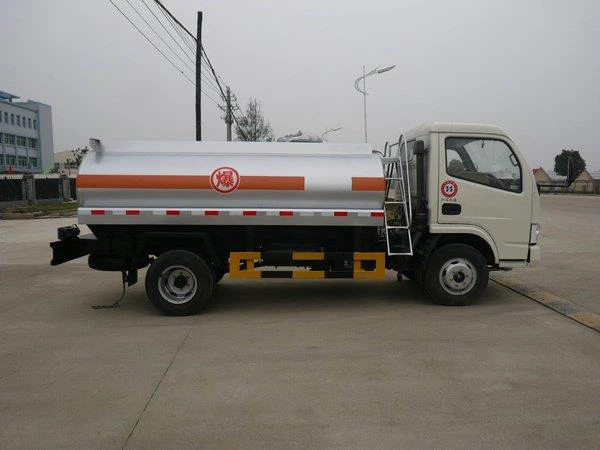Everything You Need to Know About Single Cabin Trucks

Single cabin trucks have long been a preferred choice for many drivers, ranging from utility workers to outdoor enthusiasts. With their unique design and robust performance, single cabin trucks provide an effective solution for various transportation needs. This article will delve deep into various aspects of single cabin trucks, including their designs, advantages, disadvantages, popular models, and much more.
What Is a Single Cabin Truck?
A single cabin truck typically refers to a vehicle that features one row of seating, primarily designed for a driver and one passenger. Unlike crew cab trucks that can accommodate more passengers, single cabin trucks focus on maximizing the cargo space in the truck bed, making them ideal for work purposes and outdoor activities.
Advantages of Single Cabin Trucks
1. Increased Cargo Capacity
One of the most significant advantages of single cabin trucks is their spacious cargo area. The absence of a rear seat allows for a larger truck bed, providing more space for transporting tools, equipment, and other goods.

2. Lower Purchase and Maintenance Costs
Single cabin trucks usually have lower price points than their crew cab counterparts. As a result, the overall maintenance costs, including insurance and servicing, can also be less.
3. Enhanced Towing Capacity
Many models of single cabin trucks offer superior towing capabilities, thanks to their robust chassis and construction. This makes them ideal for towing trailers, boats, and other vehicles.
4. Fuel Efficiency
Typically lighter than crew cab trucks, single cabin trucks often provide better fuel efficiency. This can result in significant savings for those who use them for regular commuting or work-related tasks.
Disadvantages of Single Cabin Trucks
1. Limited Passenger Space
The most apparent disadvantage of single cabin trucks is their limited seating capacity. While they can comfortably transport two people, adding extra passengers would require another vehicle.
2. Reduced Comfort Features
Single cabin trucks may offer fewer luxurious features compared to larger models, making them less comfortable for extended travel. Features like advanced infotainment systems or spacious legroom may be sacrificed for increased cargo space.
Common Uses for Single Cabin Trucks
1. Construction and Utility Work
Many construction workers and utility personnel prefer single cabin trucks for their ability to carry equipment and tools. The generous bed space ensures that they can transport everything they need for the job while maintaining maneuverability.
2. Outdoor Adventures
For outdoor enthusiasts such as campers and fishermen, single cabin trucks offer ample space for carrying camping gear or sports equipment. Their rugged build also allows for off-road adventures.
Popular Models of Single Cabin Trucks
1. Ford Ranger
The Ford Ranger is a popular single cabin truck known for its versatility and performance. It offers a strong engine, good fuel economy, and advanced safety features.
2. Toyota Tacoma
The Toyota Tacoma is another renowned single cabin truck celebrated for its reliability. It boasts excellent off-road capabilities, making it a favorite among adventure seekers.
3. Chevrolet Colorado
The Chevrolet Colorado is appreciated for its comfortable ride and practical features. Its towing capacity and efficiency make it an excellent choice for both work and leisure.
Choosing the Right Single Cabin Truck
1. Assess Your Needs
Before purchasing a single cabin truck, consider your specific requirements, such as cargo space, towing needs, and commuting frequency. Understanding your primary use will help you pick the right model.
2. Budget Considerations
The price of single cabin trucks can vary significantly. Set a budget that includes not only the initial purchase price but also ongoing maintenance, insurance, and fuel costs.
3. Test Drive Multiple Models
Never rush into making a purchase. Test driving various models will give you a feel of their handling, comfort, and features. Take note of how they fit your specific needs.

Single Cabin Trucks vs. Double Cabin Trucks
| Feature | Single Cabin Trucks | Double Cabin Trucks |
|---|---|---|
| Seating Capacity | 2-3 | 5-6 |
| Cargo Space | More | Less |
| Fuel Efficiency | Generally better | Typically lower |
| Purchase Price | Lower | Higher |
Practical Tips for Maintaining Your Single Cabin Truck
1. Regular Oil Changes
Changing the engine oil regularly is vital for ensuring the longevity of your truck. Follow the manufacturer’s guidelines regarding frequency and type of oil to use.
2. Tire Maintenance
Frequent checks of tire pressure and tread are essential. Properly inflated tires contribute to better fuel efficiency and smoother rides.
3. Brake Checks
Monitor brake performance and check for any signs of wear. Early detection can save you from costly repairs and ensure safety while driving.
4. Wash and Wax Regularly
Keeping your truck clean not only ensures aesthetic appeal but also prevents rust and corrosion. Regular washing and waxing can protect the vehicle’s exterior.
Top Accessories for Single Cabin Trucks

1. Bed Liners
Protect the truck bed from scratches and dents with a durable bed liner. This accessory is vital for anyone who frequently uses their truck for transporting goods.
2. Toolboxes
Installing a toolbox in the truck bed provides secure storage for tools and equipment, making it easier for utility workers and DIY enthusiasts to stay organized.
3. Tonneau Covers
Tonneau covers can enhance the aerodynamics of the truck while protecting cargo from weather elements. They are practical and can prevent theft of items left in the bed.
FAQ Section
1. What is the payload capacity of a single cabin truck?
The payload capacity of a single cabin truck varies by model, but on average it can range from 1,000 to 2,500 pounds. Always check the manufacturer’s specifications for exact figures.
2. Are single cabin trucks good for off-road driving?
Yes, many single cabin trucks are equipped with features that enhance off-road performance, such as four-wheel drive and robust suspensions. Models like the Toyota Tacoma are particularly suited for off-road adventures.
3. Can I convert a single cabin truck to a double cabin truck?
While some modifications can be made, converting a single cabin truck to a double cabin configuration is not practical. It’s generally more cost-effective to purchase a double cabin truck if you need more seating.
4. What is the average fuel economy of a single cabin truck?
The fuel economy varies widely among different models, but most single cabin trucks offer between 15 to 25 miles per gallon, depending on engine size and driving conditions.
5. How do I choose the right truck bed size?
The right truck bed size depends on what you plan to transport. If you frequently carry larger items, opt for a longer bed. For general utility tasks, a standard size is often sufficient.
6. Is financing available for single cabin trucks?
Yes, most dealerships offer financing options for single cabin trucks. Be sure to shop around for the best interest rates and loan terms to find a deal that suits your budget.
